A brilliantly relatable series for Generation Z from Holly Smale, the author of the epic and much loved Geek Girl
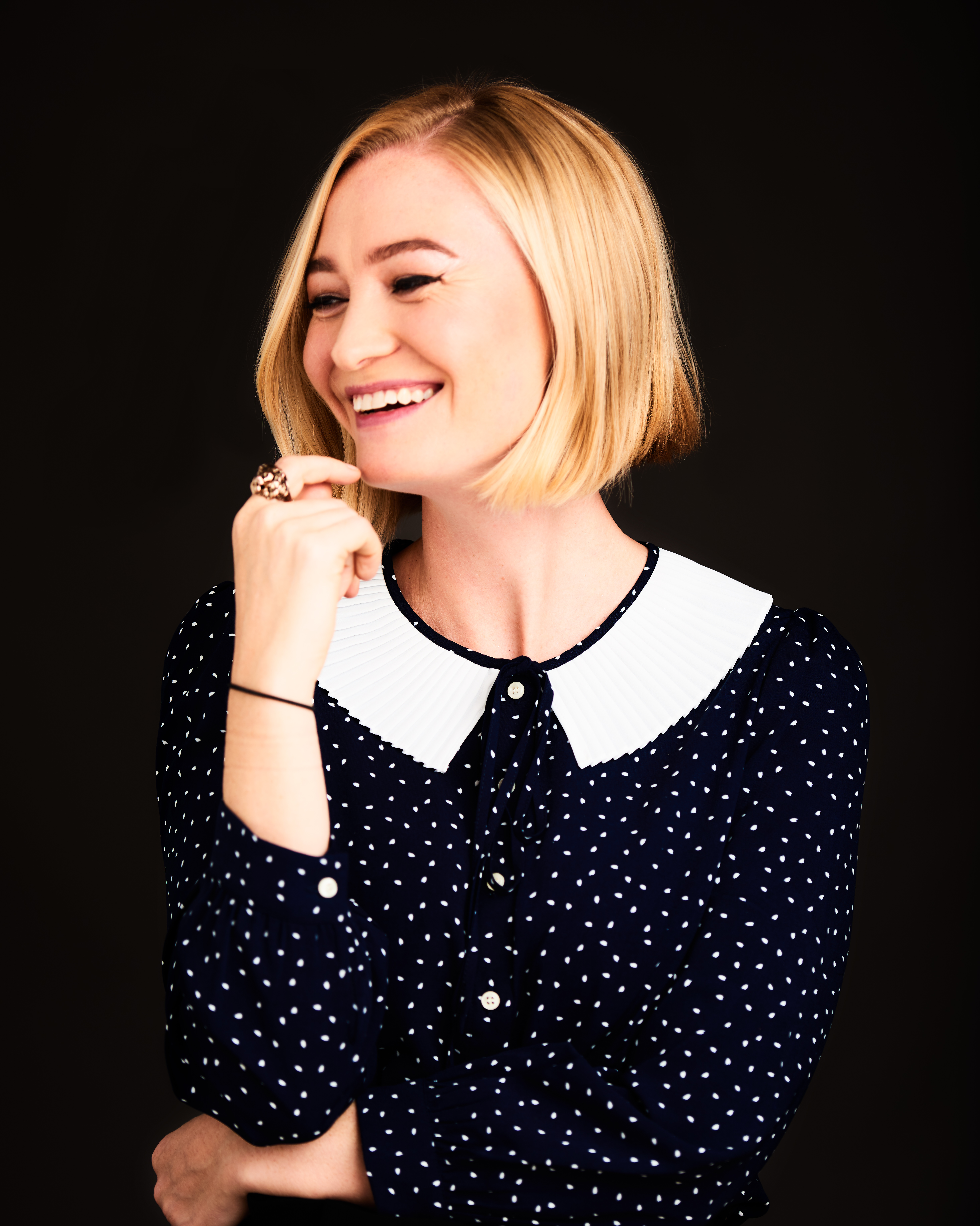 We have been fans of Holly Smale from the moment we read Geek Girl. It was fresh and funny and our Kids Reader Review Panel LOVED it. Holly followed the success of the first with five more stories of Harriet Manners (I will always be a geek) ending with a luminous finale, Forever Geek. Whilst her fans missed Harriet we've all been looking forward to see what this talented writer did next.
We have been fans of Holly Smale from the moment we read Geek Girl. It was fresh and funny and our Kids Reader Review Panel LOVED it. Holly followed the success of the first with five more stories of Harriet Manners (I will always be a geek) ending with a luminous finale, Forever Geek. Whilst her fans missed Harriet we've all been looking forward to see what this talented writer did next.
Cue The Valentines.
Pitched to a slightly older audience, Holly's new series follows the famous Valentine sisters, Hope, Faith and Mercy and began with Happy Girl Lucky - although the books work as a stand-alone read. The second, Far From Perfect, has just published; our reviewer Joanne Owen describes - "a wildly entertaining tale in which aspiring actress Faith seems to have it all, before realising she needs to shirk off the shackles of impossible standards and speak from her own script."
We were lucky enough to get the chance to ask Holly a few questions about her fabulous new trilogy....
Was there a eureka moment when you thought “this is the series I’m going to write next!” about The Valentines?
It was more a series of epiphanies that clicked together slowly. I immediately knew I wanted to write about three sisters. I have a little sister, and it’s a dynamic I’ve always been fascinated in, so one I wanted to explore and celebrate with a series. More than anything else, the Valentines is an extended love letter to sisters: the support, the love, the fights, the dependence and need for independence.
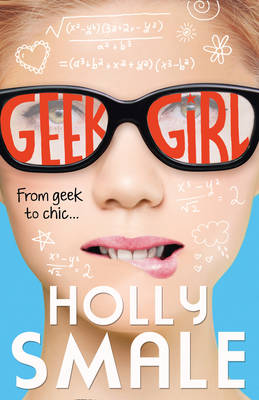 However, I wasn’t sure entirely what context these sisters would be in. So I started thinking about Geek Girl, and how it had been about an ordinary girl, given an extraordinary life. I wondered what would happen if you flipped that fairytale over: if you started with girls already given extraordinary lives, and they had to find normality within that. I knew that within that context I could explore the pressures and expectations of a privileged upbringing, as well as the obvious benefits.
However, I wasn’t sure entirely what context these sisters would be in. So I started thinking about Geek Girl, and how it had been about an ordinary girl, given an extraordinary life. I wondered what would happen if you flipped that fairytale over: if you started with girls already given extraordinary lives, and they had to find normality within that. I knew that within that context I could explore the pressures and expectations of a privileged upbringing, as well as the obvious benefits.
The final ‘aha’ moment was when I realised I wanted to write each book from a different perspective, and jigsaw those perspectives together: you were going to get one large story, except in separate pieces that work as a whole. Once I realised why the Valentine sisters were all struggling, and why we join their story at the point we do - without any spoilers! - suddenly the entire series fell into place, and I was ready to throw myself into it.
Though their fame and fortune set them apart from most people’s circumstances, the Valentine sisters are engagingly authentic, with universalisms like unrealistic expectations and the pressure to present a certain self-image revealed through Faith’s story. Are any of the situations Hope and Faith find themselves in drawn from personal experience? How do you keep your characters’ authenticity in check?
I think with every character you write you have to dig down to find the bit of yourself that connects with them; no matter how different they might be from you or from each other. For me, it’s very much like acting: you embody that person, you let them fill you, you think as they would think, and you use your own emotions and experiences to breathe life into them. There’s a part of me in all three of the Valentine sisters, and one of the things I love best about writing is separating myself out into pieces and reaching out to the reader from each of them. Sure, there are some scenes or situations I’ve literally lifted from real life - I’m loathe to say which ones! - but in general I think you can let your imagination go wild when you write: as long as you’re writing from a place of emotional truth, your characters will always feel real.
.jpg) Your books strike a brilliant balance between being exceptionally entertaining and offering pertinent messages. Is it tricky to get that balance right?
Your books strike a brilliant balance between being exceptionally entertaining and offering pertinent messages. Is it tricky to get that balance right?
Yes, it can be. I never want to be preachy or patronising: nobody wants to read a book with ‘a lesson’ or ‘a moral’ in it. Fiction books are, first and foremost, supposed to entertain, inspire and provide escape. But I also think it’s important to write about topics that reflect real life struggles, that connect with your readers and make them think and engage. The books that have stayed with me are those that have made me look at my own life in a different way, or changed the way I see someone else. Ultimately - without wanting to sound too pious - my aim is always to entertain my readers while they’re reading my books, and hopefully leave them a little stronger and happier after they’ve put them down.
How do you think young women might escape the pressure to present their “best life” on social media? How might the detrimental effects of this pressure be eradicated - or at least minimised?
We all feel it, regardless of our age: we want to feel like we have a life that’s beautiful and fun, and that everyone else sees and verifies that too. We want to put our best foot forwards. The problem is that life isn’t like that: sometimes it’s messy, and ugly, and sad. Sometimes we are, and that’s okay.
There isn’t much we can do to stop the filtered and curated presentations we see on social media, but I think we can counteract it in two ways. Firstly, we can keep pushing the knowledge - especially to young people - that it’s an edit, that it isn’t the truth, and that nobody’s real life can match up to another person’s fake one. Secondly, we can try and be more honest while we’re online: more vulnerable and open. We can all show the bits of our lives that we’d normally hide. It’s incredibly hard, and something I’m still working on, but if we all do it then it might help to counteract this huge tide of perfection we’re all swept away on daily.
What was your favourite Far From Perfect scene to write, and why? What was the most difficult?
Because Faith is so repressed, I really wanted to build that sensation of tension: the contrast between who she’s trying to be and who she really is. So it was incredibly important to me that this tension is increasingly broken as her character develops, and both Faith and the reader are given moments of freedom and release. There are key moments of cathartic self-expression, where all the tension explodes and Faith says or does what she’s really feeling instead of what is expected of her. They were all incredibly rewarding to write, and I think the scene where she smashes her mirror was both my favourite and the hardest to get right. I needed to show Faith letting go, accepting her own frustration and unhappiness, and making a decision to start choosing her own direction. I also wanted to show it’s a universal feeling, and that on some level all girls feel this pull between the different and incompatible versions of themselves the world expects and demands so frequently.
What’s next – for The Valentines and for Holly?
As my readers may have guessed, the third and final book of the Valentine trilogy is going to be Mercy’s story. She’s a very different character to Hope and Faith, so it’s a big leap in narrative voice: she’s angry, snappy, self-destructive and defensive. She has a warm and vulnerable heart, but it’s deeply hidden and protected. Those that have read the first two books will know that there’s a ‘secret’ hidden in the books, that comes to the front at the end of Far From Perfect, and Mercy’s story will predominantly focus on how she deals with that (as well as it helping to explain why she is the way she is). For me, it’s been an absolute joy to explore three such different characters, and with Mercy I’ve really been able to revel in writing such a dark, hostile voice, which is nothing like anything I’ve done before.
Afterwards, I plan on writing a new story. What it is yet, I’m not sure, but I know I’m going to love every second.
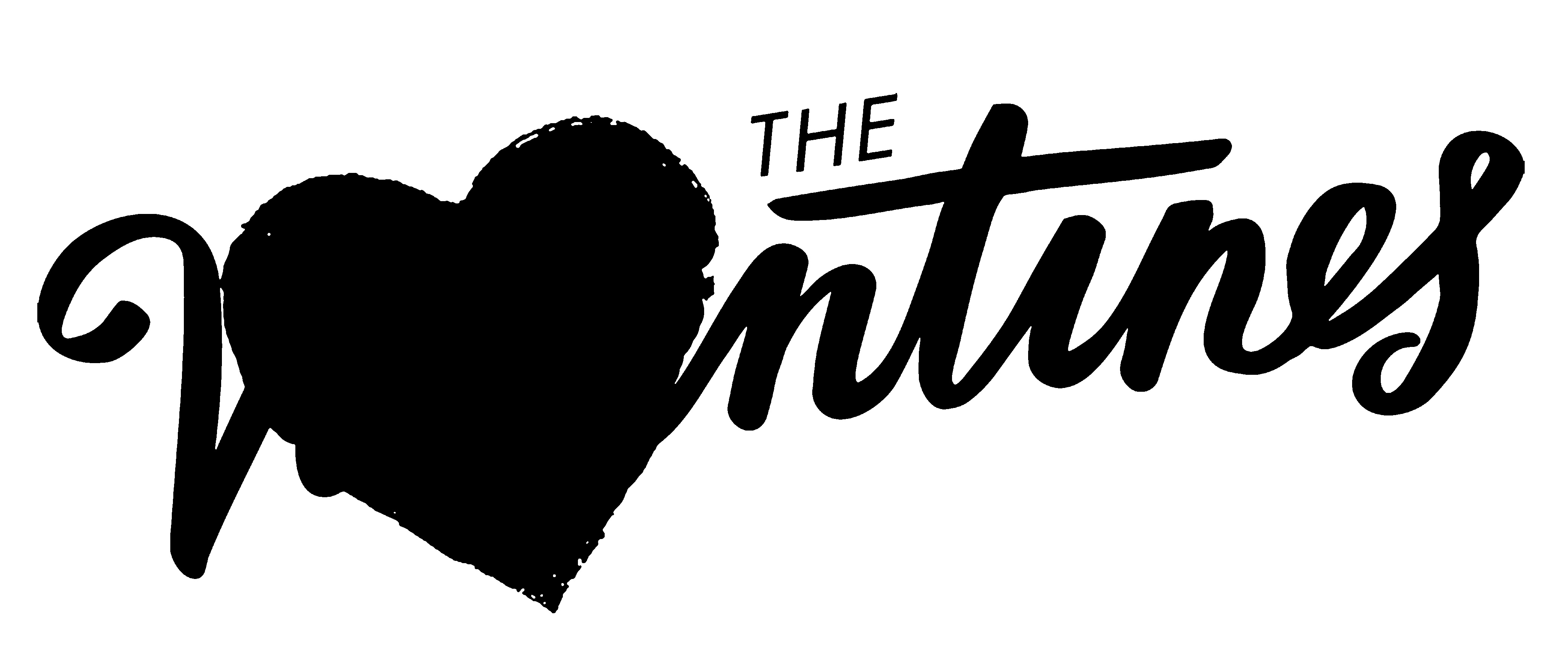


.jpg)
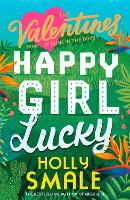
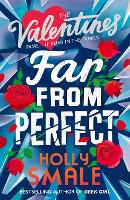

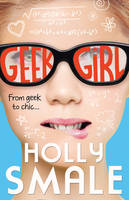

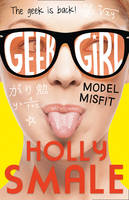
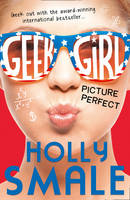
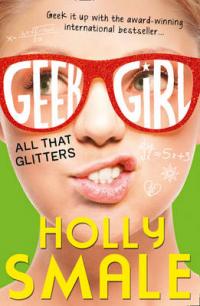
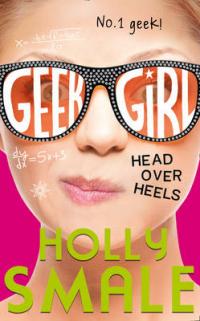
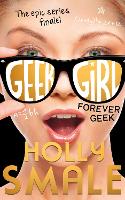
Comments (0)
Leave A Reply
You must be logged in to post a comment.